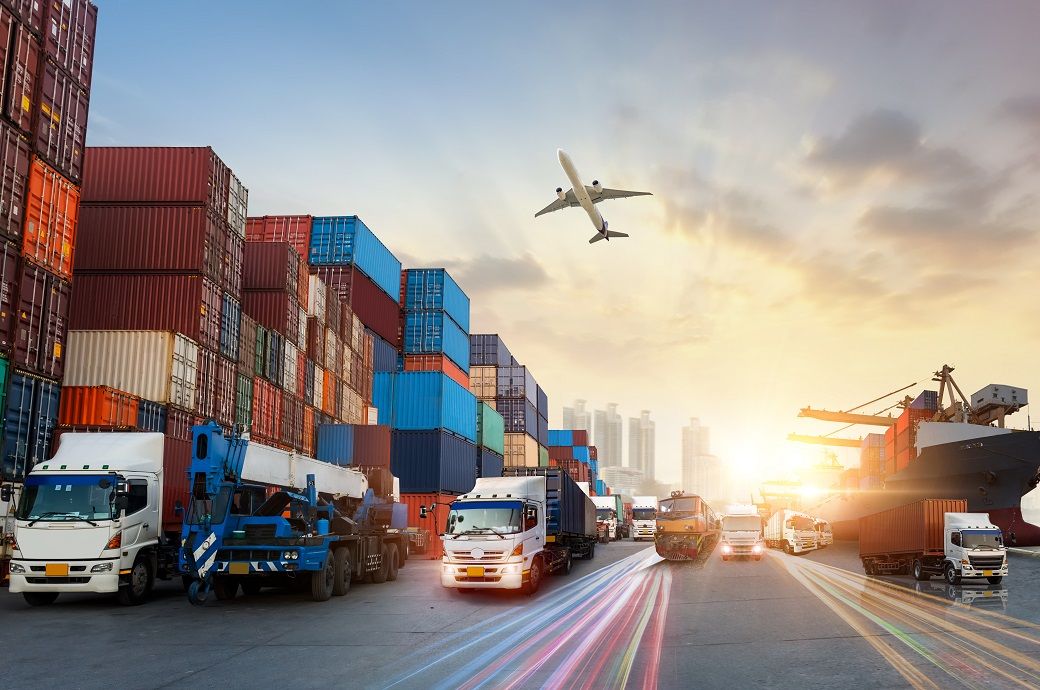30+ global firms develop guidance for net-zero emissions in logistics

This consortium is supported by the World Economic Forum, and McKinsey Sustainability is its knowledge partner.
Different use cases and associated business challenges in quantifying logistics emissions submitted by participating companies acted as a key reference in addressing different aspects of logistics operations, WBCSD said in a press release.
The objective of the guidance is to enable companies to better understand and track their logistics emissions on a granular operational level and seeks to quantify the footprint of end-to-end logistics emissions, from supplier to final customer, with a focus on primary data calculations. Special focus was dedicated to multimodal logistics solutions, including ocean, road, train, and air transportation. It sets out the data requirements, introducing a data quality index and the associated assurance requirements to support businesses in the implementation of their decarbonisation strategies.
In addition, it builds upon and complements two existing frameworks. The first being the Smart Freight Centre’s Global Logistics Emissions Council (GLEC) Framework 2.0—the globally recognised methodology for accounting and reporting of logistics emissions. The second being the WBCSD’s Pathfinder Framework—the guidance for accounting and exchange of product life cycle emissions.
In practice, the guidance provides solutions to core challenges faced in reporting of logistics emissions: reporting at a customer required level and from network operations; the combination and comparison of Scope 3 data with varying levels of granularity and differing reporting methodologies used; and, finally, a recommended assurance process to increase trust and confidence.
This guidance is a springboard to further increase carbon visibility by enhancing emission data sets and the exchange of emission data that can be deployed in the industry.
Fibre2Fashion News Desk (DP)
































-Ltd..jpg?tr=w-120,h-60,c-at_max,cm-pad_resize,bg-ffffff)





.jpg?tr=w-120,h-60,c-at_max,cm-pad_resize,bg-ffffff)
.jpg?tr=w-120,h-60,c-at_max,cm-pad_resize,bg-ffffff)






